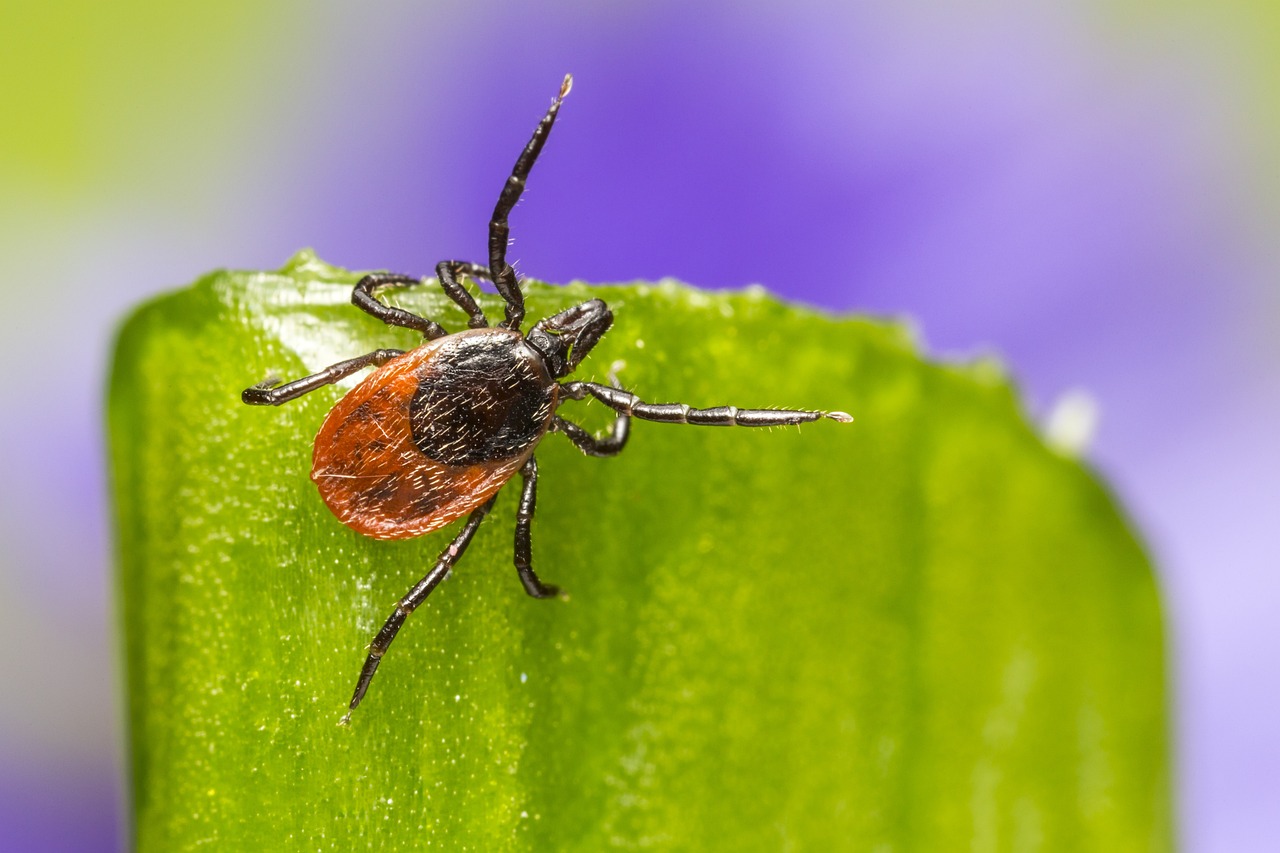The Castor bean tick, scientifically known as Ixodes ricinus, is a species of hard-bodied tick belonging to the family Ixodidae. Here’s a brief description:
- Appearance: The Castor bean tick exhibits sexual dimorphism, with males and females differing in size and coloration. Females are typically larger and have a reddish-brown to dark brown coloration, while males are smaller and darker. Both sexes have a tough, shield-shaped body (known as the scutum) and eight legs.
- Habitat: These ticks are commonly found in wooded areas, shrubs, and grasslands, especially in regions with high humidity and dense vegetation. They are widely distributed across Europe, including parts of Asia and North Africa.
- Hosts: Castor bean ticks are ectoparasites that feed on the blood of various vertebrate hosts, including mammals, birds, and occasionally reptiles. Common hosts include deer, rodents, birds, and domestic animals such as dogs and cats.
- Life Cycle: Like other ticks, Castor bean ticks undergo a complex life cycle consisting of four stages: egg, larva, nymph, and adult. They require blood meals at each stage to develop and reproduce. The nymphs and adults are most frequently encountered by humans and other animals as they quest for hosts.
- Disease Transmission: Castor bean ticks are known vectors of various pathogens that can cause diseases in humans and animals, including Lyme disease (caused by Borrelia burgdorferi), tick-borne encephalitis (TBE), and others. Humans and pets can acquire these diseases through tick bites.
- Prevention: Preventative measures to reduce the risk of tick bites include wearing protective clothing, using insect repellents containing DEET, conducting regular tick checks after outdoor activities, and employing landscaping strategies to reduce tick habitat.
Encountering Castor bean ticks underscores the importance of understanding their biology, habitat preferences, and associated health risks to effectively mitigate potential threats to human and animal health.
Visited 174 times, 19 visit(s) today
Views: 328
Subscribe to the newsletter:
